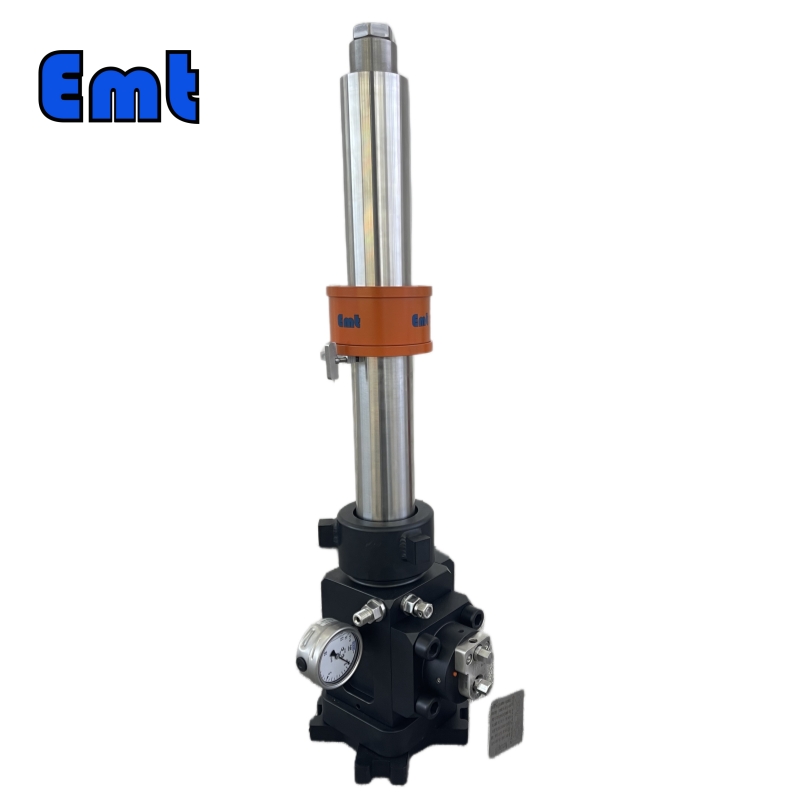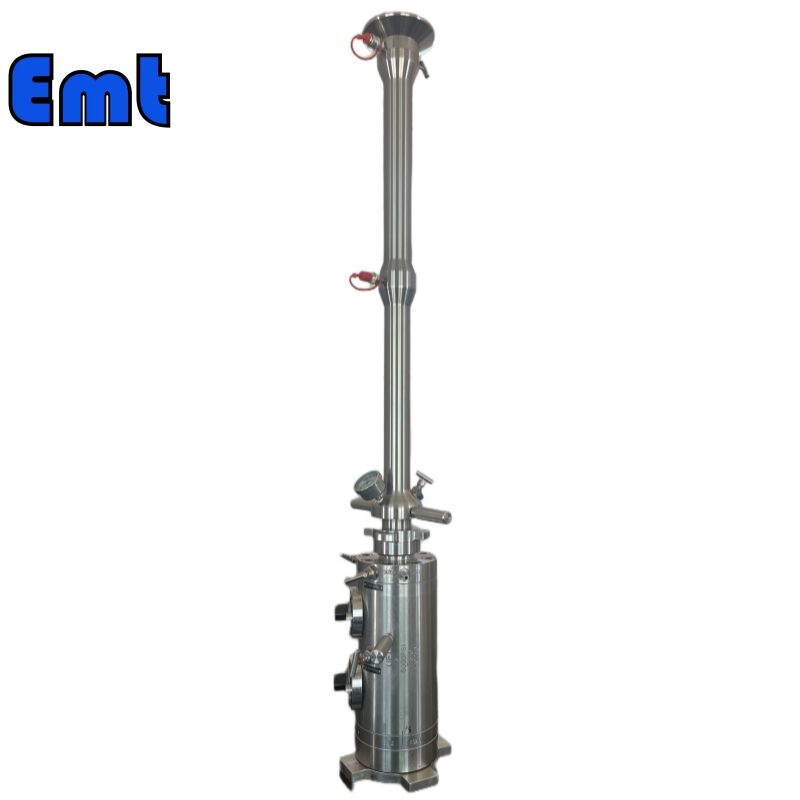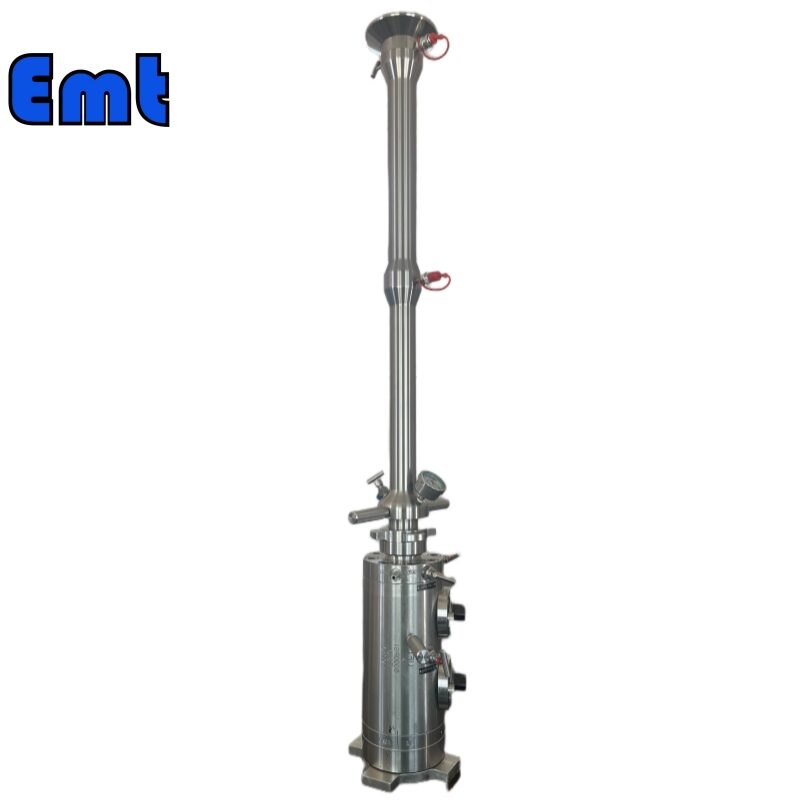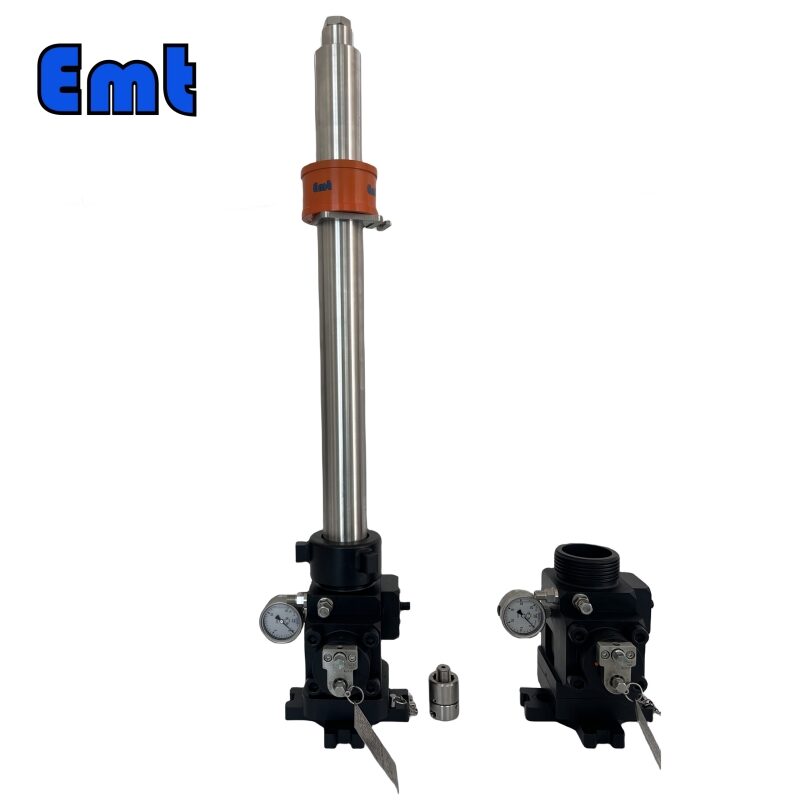Description
Introduction
Retrieval tools are specialized devices designed to safely extract or insert various types of equipment in environments where direct handling could pose risks. These tools range from simple mechanical grabbers to sophisticated systems like the Retriever & Service Valve System. Each tool is tailored to meet the specific needs of the environment and the tasks it is designed for, ensuring both safety and efficiency.
Understanding Retrieval Tools
Retrieval tools play a pivotal role across diverse sectors, enhancing safety and boosting efficiency. Industries such as oil and gas, chemical processing, and utilities utilize these tools to maintain continuous operations. They allow workers to handle hazardous or inaccessible items without direct contact. This crucial functionality not only safeguards the workforce but also helps in maintaining uninterrupted service, thereby avoiding costly downtimes.
Key Functions and Applications in Different Settings
The primary function of retrieval tools is to provide a safe means of accessing and manipulating objects in hazardous or hard-to-reach areas. For example, in the oil and gas industry, tools like the Retriever & Service Valve System allow for the safe insertion and removal of monitoring instruments under high-pressure conditions. This capability is essential for tasks such as sampling, pressure monitoring, and injecting chemicals without stopping the system. Similarly, in power plants, retrieval tools help in the maintenance and inspection of components that are exposed to extreme temperatures and pressures, ensuring that workers are not directly exposed to these hazardous conditions. Additionally, in the pharmaceutical sector, these tools are crucial for handling sensitive materials that must not be contaminated. Each application not only underscores the tool’s utility but also highlights its role in promoting operational continuity and workplace safety.

Types of Retrieval Tools
Mechanical Retrievers
Mechanical retrievers, such as grabbers and claws, function through manual or semi-automated mechanisms. Operators control them by hand, using triggers or handles to manipulate the tool’s grabbing mechanism. Typically, these tools find extensive use in environments that require precision and delicacy, such as in electronic repairs where small, delicate components need handling without direct touch. Mechanics also use these tools to reach into tight spaces of a car’s engine bay to retrieve nuts, bolts, and small tools. The key advantage of using mechanical grabbers lies in their simplicity and reliability. They require no power source, making them always ready for use and highly dependable in various settings.
Hydraulic Retrievers
Hydraulic retrievers operate on a different principle, utilizing fluid power to achieve movement and force. These tools incorporate a hydraulic system that magnifies the user’s input force to exert a greater output force, making them ideal for lifting or pulling heavy items. They work by converting the force applied to a handle into hydraulic pressure, which then activates the retrieval mechanism. This type of tool is particularly valuable in the auto repair industry, where mechanics need to extract jammed or heavy components like engines and transmissions. In construction, they help in moving or adjusting large building materials and handling tasks that require more strength than manual labor can safely provide. The hydraulic system not only increases efficiency but also enhances safety by reducing the physical strain on workers and minimizing the risk of injuries.
Both mechanical and hydraulic retrievers provide essential benefits tailored to their specific usage scenarios. Whether it’s the precision and ease of use offered by mechanical versions or the power and safety provided by hydraulic models, these tools play critical roles in ensuring operational success and safety in various industries. Each type of retriever brings its own unique set of advantages to the table, making them invaluable assets in their respective fields.
Key Features to Consider When Choosing Retrieval Tools
Material and Durability
The choice of material is crucial in determining the durability and efficiency of retrieval tools. Manufacturers commonly use steel, aluminum, and reinforced plastics, each offering unique benefits. Steel tools are exceptionally durable and ideal for heavy-duty tasks, while aluminum provides a lighter alternative without sacrificing too much strength. Reinforced plastics are often used for their corrosion resistance and electrical insulation, making them suitable for electrical applications. The right material choice ensures that the tool can withstand the environmental conditions and the wear and tear of regular use.
Length and Flexibility
The length of a retrieval tool directly influences its usability and reach. Longer tools allow for access to deeper or more distant spaces but can be harder to control. Shorter tools, on the other hand, offer more precision and stability but limited reach. Deciding between a rigid or flexible tool depends on the job requirements. Rigid tools provide better control for precise tasks, while flexible tools are ideal for navigating around obstacles. Users need to consider the balance between reach and control based on their specific needs.
Grip and Handling
Ergonomic design in retrieval tools significantly enhances user comfort and control. Manufacturers design grips to fit securely in the hand, reducing fatigue and increasing the accuracy of tool manipulation. The effectiveness of a tool also heavily relies on its grip quality. A good grip ensures that the tool does not slip during operation, which is crucial for safety and precision. Rubberized or textured grips are popular for providing extra security and comfort, which can make a substantial difference in prolonged use scenarios.
In conclusion, when selecting the right material, length, flexibility, and grip are essential. These factors combine to determine the tool’s overall performance, durability, and user satisfaction. Each aspect must align with the specific demands of the work environment and the tasks at hand to ensure optimal functionality and safety.






Reviews
There are no reviews yet.